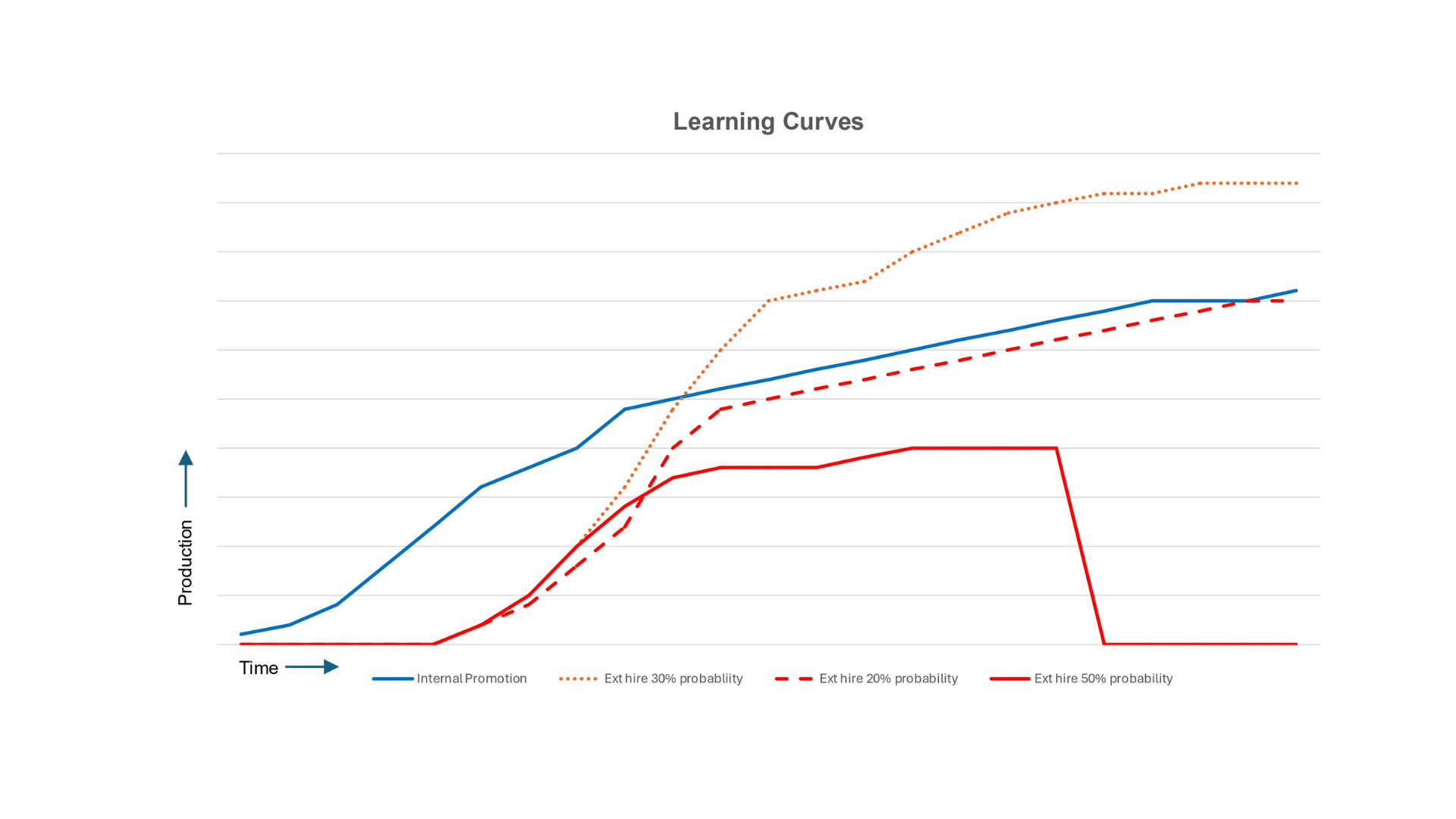
In the current rapid business landscape characterized by digital upheaval, changing global markets, and shifting workforce demands, companies struggle with the optimal way to cultivate their leaders. Two common methods are executive mentoring and leadership training, both providing distinct advantages and effects. Nonetheless, identifying which method or combination is most effective relies on an organization’s culture, leadership requirements, and strategic objectives.
This detailed guide examines the distinctions between executive mentoring and leadership training, informed by client perspectives highlighting a developmental path where internal mentoring aids emerging leaders, advancing to external mentoring and coaching for senior executives.
Grasping Mentoring and Leadership Development
Leadership Training consists of organized educational initiatives aimed at developing particular leadership skills like communication, strategic analysis, decision-making, and team supervision. These programs generally utilize workshops, seminars, e-learning, or simulations and are frequently conducted in cohort formats. Their goal is to quickly enhance the skills of teams, guaranteeing uniformity and adherence throughout leadership levels.
Mentoring is a private, customized relationship involving an experienced mentor, usually a senior or ex-executive, and a mentee. In contrast to the organized nature of training, mentoring’s flexible and relational strategy fosters ongoing development, emphasizing career progression, cultural adaptation, network expansion, and balance between work and personal life. Mentoring discussions offer detailed, experience-driven advice that tackles intricate leadership issues and changes.
Essential Differences in Development Approach
Emphasis
- Training is aimed at obtaining specific skills and knowledge; mentoring encompasses strategic career advice and the growth of emotional intelligence.
Format
- Training is structured, directive, and typically conducted in group environments. Mentoring depends on individualized, dynamic conversations customized to the changing needs of the mentee.
Confidentiality
- Mentoring emphasizes robust confidentiality, establishing a secure environment for mentees to discuss vulnerabilities and delicate matters.
Evaluation
- Training results are measured using assessments and key performance indicators. The success of mentoring can be seen in employee retention, preparedness for leadership roles, and increased engagement among employees.
Advantages of Leadership Training
- Leadership development programs provide essential foundations for an organization’s leadership.
Skill Enhancement
- Offers essential hard and soft skills necessary for successful leadership via established curricula.
Consistency
- Ensures leadership actions are in harmony with the organization’s objectives and guidelines.
Scalability
- Facilitates quick skill enhancement among large groups of employees.
Quick Benefits
- Organizations note enhancements in project management, communication, and operational efficiency soon after training programs.
Advantages of Mentoring
- Mentoring provides significant, unique benefits:
Tailored Career Approach
- Mentees get customized support that matches both personal and company objectives.
Cultural Integration
- Mentoring speeds up acclimatization, assisting new leaders to flourish in the company culture.
Network Growth
- Providing emerging leaders with connections to key contacts.
Essential Retention Instrument
- Mentoring is associated with increased loyalty and retention levels in high-potential employees.
Work-Life Integration
- Provides comprehensive assistance to align leadership demands with personal health.
Trust and Privacy
- The confidential aspect of mentoring enables the discussion of delicate subjects frequently steered clear of in other settings.
When to Utilize Leadership Training Compared to Mentoring?
Choose Leadership Training to
- Integrate large teams requiring essential abilities.
- Tackle identified skill deficiencies for quick enhancement of performance.
- Assist with organizational transformations that necessitate synchronized leadership transitions.
- Provide tangible training outcomes swiftly.
Choose Mentoring when
- Equipping leaders for major career changes or advancements.
- Assisting individuals with intricate, tailored growth requirements.
- Developing succession plans and overseeing diversity programs.
- Establishing secure spaces for honest and secretive discussions among leaders.
Enhancing Influence: Merging Mentorship and Education
The most successful leadership development combines formal training in essential skills with mentoring for ongoing advancement. For instance, organizations frequently implement training to create foundational skills and then enhance it with mentoring to address complicated issues and expedite strategic leadership growth. Hybrid models that combine these methods provide advantages, reducing leadership burnout and promoting agility.
Challenges to Avoid
- Relying solely on training may result in leaders who are skilled technically but unable to adapt.
- Depending only on mentoring can result in important skills gaps not being filled and may have difficulty expanding throughout organizations.
- Ineffective mentoring structures decrease accountability and lessen developmental effectiveness.
Selecting the Appropriate Method: A Plan for Organizations
Achievement relies on an accurate evaluation of organizational requirements, leadership development, and culture. Feedback from leaders is crucial in aligning development strategies with actual challenges. Open discussion regarding the importance of mentoring and training promotes engagement and enhances investment outcomes.

Conclusion
As leadership demands become more complex, no single method is adequate. Organizations need to adopt a combined leadership development approach, utilizing mentoring for profound personal and strategic advancement while employing training to enhance vital leadership skills on a larger scale. This approach will foster forward-thinking, adaptable leaders prepared to navigate their organizations through present and upcoming difficulties.
Organizations prepared to safeguard their leadership pipelines will discover that a deliberate mix of mentoring and training is essential for unleashing their teams’ complete capabilities.
Connect with the Executive Springboard Team to Elevate Your Leadership Journey Through Expert Mentoring!













